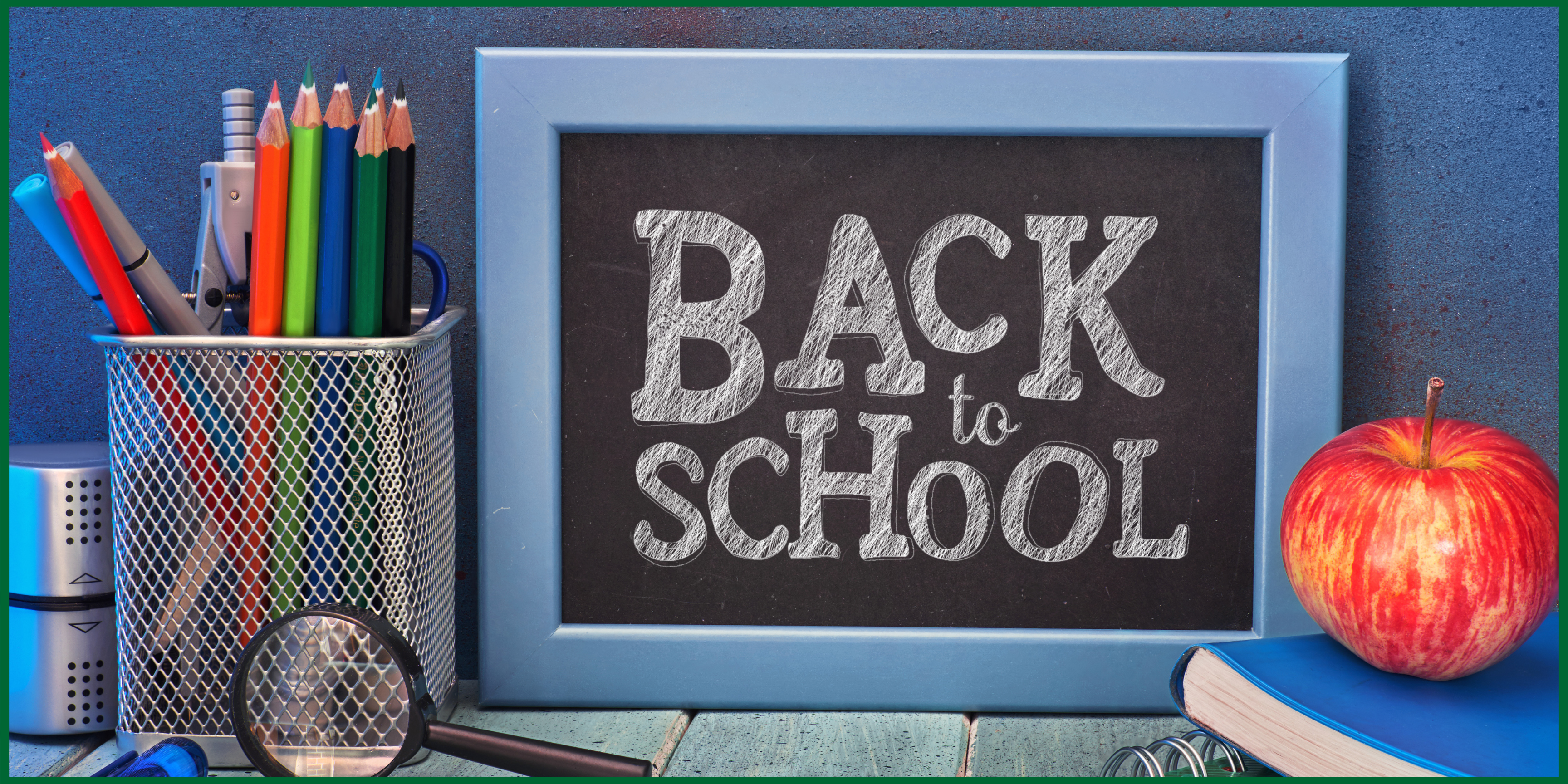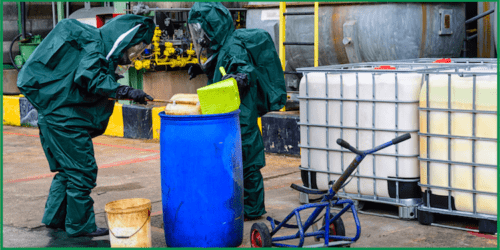Parents must prioritize back-to-school safety with a detailed guide for their students (children) as the new academic year approaches.
As the summer months wind down, the excitement of returning to school starts to build for students and parents alike.
However, paying attention to back-to-school safety is crucial amidst the hustle and bustle of new school supplies and schedules.
Ensuring the safety and wellness of students is of utmost importance during their academic journey. This comprehensive back-to-school guide provides valuable information and practical tips for parents and students of any grade up to college-level safety to ensure a successful and secure academic year.
1) Safe Routes to School
The program should focus on promoting safer and healthier ways for students to travel to school. Encouraging students to use safe walking or biking routes to school is a great start. Parents should identify roads with designated crosswalks, sidewalks, and minimal traffic. Remind children about the importance of looking both ways before crossing the street, and consider organizing walking groups or carpooling with fellow parents to enhance safety.
2) Bus Safety
For students who take the bus, it is essential to teach them the importance of staying seated while the bus moves and waiting for it to come to a complete stop before standing up. Ensure they follow the bus driver’s instructions and avoid distractions while waiting for the bus or on board.
3) Stranger Danger
Teaching children the importance of avoiding conversations with strangers is paramount, especially while walking to or from school. Parents must educate their children that it is inappropriate for adults to request help or directions from them. If a stranger makes them uncomfortable, they must immediately report it to a trustworthy adult.
4) School Zone Safety
Emphasize the significance of adhering to school zone speed limits and parking regulations. Be a role model by practicing safe driving behaviors around schools and following drop-off and pick-up procedures established by the school.
5) Emergency Contact Information
Ensure that the school has up-to-date emergency contact information for your child’s safety, including phone numbers, email, addresses, and the names of authorized individuals who can pick up your child in an emergency.
6) Bullying Prevention
Discuss the concept of bullying with your child and encourage open communication. Teach them strategies to handle bullying, such as walking away and seeking help from teachers or other trusted adults. Additionally, educate your child about being kind and inclusive to their peers.
7) Digital Safety
Teaching students about responsible internet and social media usage is imperative in today’s technological age. Educating children about the potential risks of sharing personal information online, creating robust passwords, and being cautious while interacting with strangers online is vital.
8) Backpack Safety
It is advisable to help your child choose a backpack that is appropriately sized for their body and has padded shoulder straps. Overloading bags can lead to strain on the back and shoulders, so encourage your child only to carry what’s necessary.
9) First Aid Awareness
Ensuring your child knows fundamental first aid techniques, like cleaning and covering minor injuries, is crucial. It’s also essential to ensure they know where the first aid supplies are kept in school and how to contact the school nurse if needed.
10) Communication with Teachers and Staff
Establish a strong line of communication with your child’s teachers and school staff. Open communications with your child’s school teacher will help you stay informed about school activities, field trips, and safety measures.
Bottomline
Prioritizing back-to-school safety is crucial for the well-being of students as they embark on a new academic year.
By implementing these comprehensive safety measures, parents and students can work together to ensure a secure and prosperous school experience.
Remember, safety is a shared responsibility that involves vigilance, education, and open communication.
Do you enjoy this reading? Kindly share with family, friends, and colleagues. Thanks! 🙂



